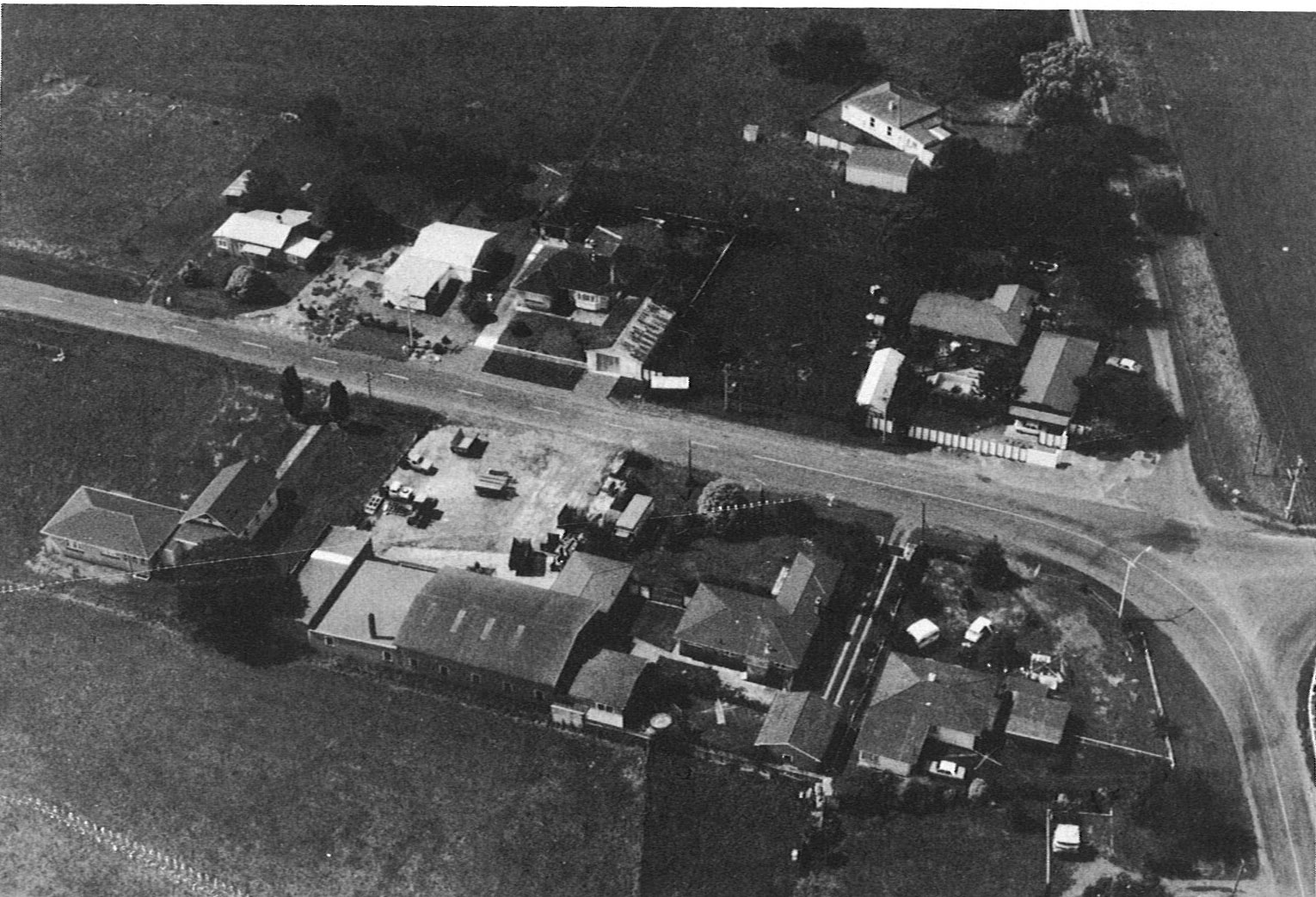THE POST OFFICE
A Post Office opened in "Tauwhare" on the 1st February1884 with Mr R. Williamson as Postmaster. In 1885 Mr T. N. Diprose became Postmaster. Thereafter, the hotel keeper, his family or local women were in charge of the Office until 1921. We do not know the opening hours.

